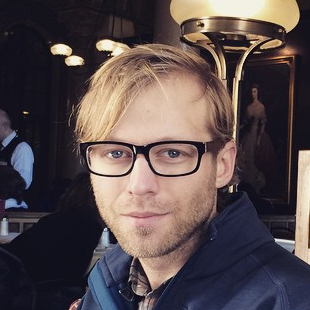I recently gave a talk at the Milwaukee UX meet up. I spoke about the user experience of audio. It was meant to be short (less than 10 minutes).
Here’s the deck.
Some notes and summaries per slide:
- The user experience of audio is deeper than we think.
- I’ve had about five years experience working with audio through my company HarQen. We’ve transitioned a lot, but a mainstay has been the capturing and playback of voice. Right now, HarQen can be called a Voice Asset Management company—we manage the voice data layer for enterprise companies.
- We know that audio is linear. It has a beginning and an end. You don’t know where you are at any given point unless you look at the timestamp.
- In the 2D world, we have several tools that guide and aid us. We have things like bold contrast, bullet points, color, layout, etc.
- So what if we could apply those 2D tools to audio? How could we do it? My hypothesis is through metadata linked to timestamps.
- I did a demo of our two products, Voice Advantage and Symposia.
- All interactions with computers come down to one of two things: input and output. The key thing is that output is mostly useless or nonexistent without input. So the success of good audio consumption hangs on the related input.
- Audio is really nothing more than communication. Thus, we can learn a lot by thinking about audio in the context of communication theory. (I went into talking about various theories.)
- To date, experiences with audio have been mostly synchronous. The main way you interact with voice and audio is with real time communication. (Excluding music here.)
- Well, unless you count voicemail.
- Which we do at HarQen…
- Because it’s our competitor, just like email is Basecamp’s competitor.
- So perhaps a way to heighten the input (read: metadata generation) of audio which would aid the output (read: listening of audio) is by rethinking about how we can make more audio interactions asynchronous?
